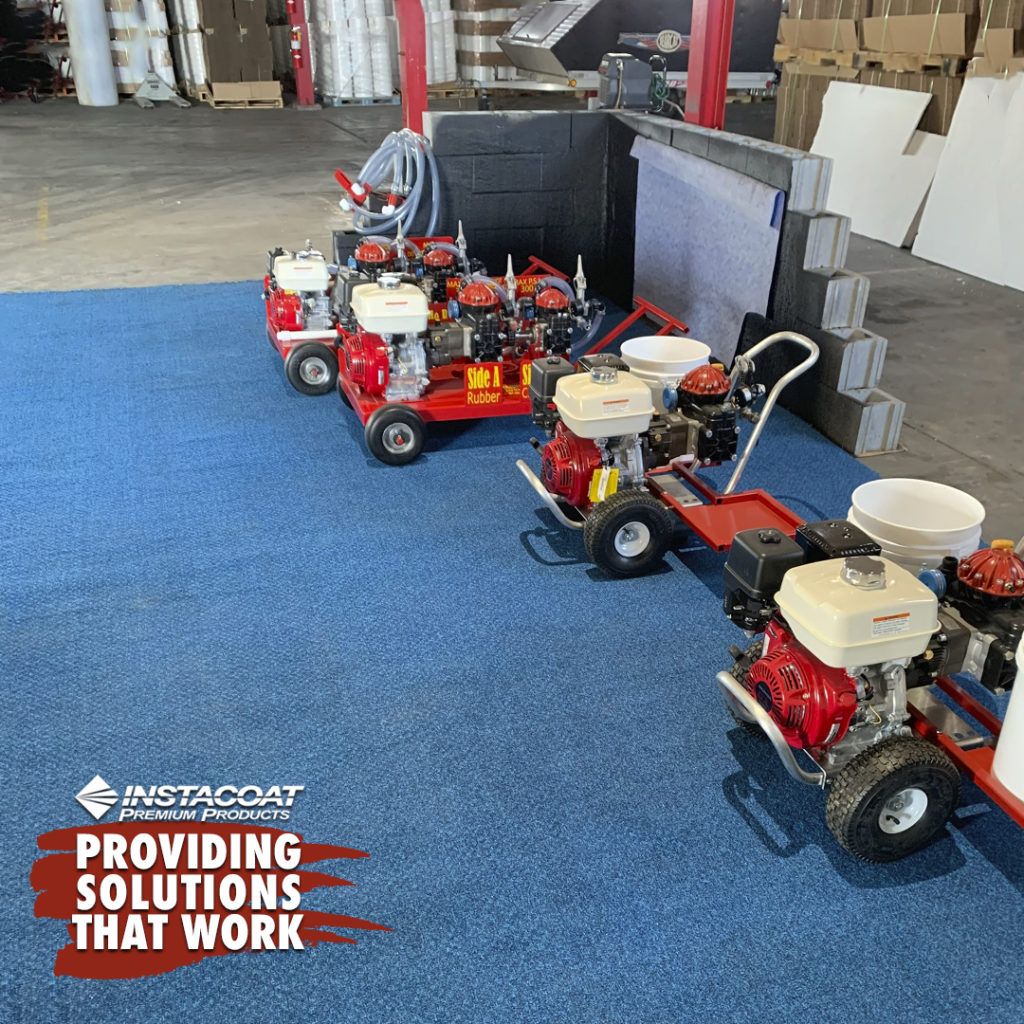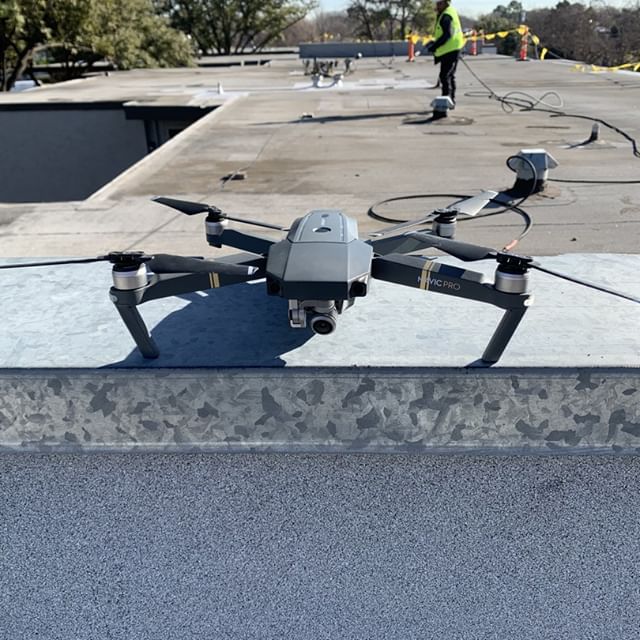The most common equipment for roof restoration are sprayers, rollers, and squeegees.
But what about the other available types of equipment for inspection, cleaning, and application?
Every commercial roofing contractor knows that showing up at a new project and realizing that you are missing the proper equipment could be the difference between being chosen for other works or not.
Let’s explore the 9 most common equipment for roof restoration.
Read on!
1. Deck Moisture Scanners
Deck moisture scanners or moisture detector tools are tremendously practical.
It could quickly help you detect leaks, moisture, or any other type of water filtration.
Also, they are easy to handle, and they are a reliable source to elicit accurate data.
They can be used at the beginning of the initial inspection and when finishing the roof restoration.
Besides, Deck Moisture Scanner plays a fundamental role in the roof maintenance program to determine any trapped moisture underlying the roofing system.
Pro tip: If you find any leak in the roof surface area, repair it immediately.
To discover the most common causes of roof leaks, click here.
2. Thermal Cameras
Thermal Cameras offer roofing contractors the ability to inspect and effectively check a commercial roofing surface.
Thanks to the infrared sensor, thermal cameras can detect the heat and temperature emitted from any object on the roof (HVAC units, electrical installations, ventilation areas, etc.)
It will help you reveal issues in commercial roofing surfaces that you would never discover by just walking on the roof.
According to the California Energy Commission (CEC), 50% of total energy consumption is due to “Urban Heat Islands.”
By using a thermal camera, you can determine the heat impact, and it will help you locate the points where the “Urban Heat Island” effects occur.
3. Core Cutting Tools
Although you can trust in thermal cameras and deck moisture scanners, it is imperative to double-check the moisture results.
To do that, you will need a small sample of the roof for having a complete analysis.
Some roofing systems are hard to track, which is why we recommend retrieving core samples from the roof surface.
4. Leaf Blower
Before starting roof restoration, you need to power up your leaf blower to clean the roof surface.
Do not forget to inspect the area by walking on the roof.
Remove fallen branches or debris that may get stuck when wind gusts.
Lastly, please take time to envision the free area while cleaning the surface with the leaf blower.
5. Power Washing Machines
Roofs are exposed to debris, dirt, grease, and other contaminants than just the rainwater.
A dirty roof surface can compromise the adhesion of the restoration system.
Thus, cleaning the surface is a fundamental aspect of roof preparation.
Before power washing, make sure to include the “IPP prime and wash” to eliminate fungi and dust.
You can also use a power brush to leave a cleaning surface.
6. Seam Rollers & Squeegees
Seam Rollers and squeegees cannot be missing from this list.
Almost every commercial roofing contractor must have a seam roller and a squeegee.
It is very common practice to use both of them to ensure adhesion and spread the product evenly in the roof’s substrate.
Many roofing contractors like to use seam rollers individually for those areas (corners, flashings, seals, etc.) that are hard to reach for bigger equipment.
You can pick between different sizes for seam rollers, small (hand-held), medium, and large.
7. Tank Spreaders
Having a roof coating spreader saves time on installation.Some tanks hold between 14 to 40 gallons of coating.
Benefits of using a tank spreader:
- Efficiently applies coating material on any roof
- Consistent coverage with the simple gravity-driven application
- Decreases downtime with easy refills
- Simple to clean
You can use tank spreaders on both small and large restoration projects.
8. Sprayers

Instacoat Premium Products provides high-quality and potent airless sprayers for all production levels.
Sprayer equipment for roof restoration is designed to provide coverage and pressure to achieve the necessary thickness for all your premium coating applications.
Instacoat Premium Products provides high-quality and potent airless sprayers for all production levels, from small to large commercial and industrial projects.
The spray equipment recommended by IPP for installing our products are the next ones:
- Airless Spray Equipment
- The Single-Component Spray Equipment
- The Dual-Component Spray Equipment
- Commercial Spray Equipment
Applicator training is provided with purchase to ensure proper use and maintenance.
If you want to know more about our spray equipment & packages, click here.
9. Drones
When using drones for your estimation process, you will be able to save your customers time while having analyzed all the roof issues in one single footage.
Commercial roofing contractors use drones as one of the most innovative types of equipment for roof restoration projects.
Benefits of using drones in roof restorations:
- Increases safety
- Detailed reporting
- It saves time and money
Lastly, you can show the facility manager or the property owner the before and after roof condition.
Conclusion
As you can see, there is much different equipment for roof restoration.
You just need to make sure to choose the right ones.
Focus on those that will help your roofing company and your crew to increase their efficiency and productivity.
Some equipment for roof restoration is expensive, but they are an investment; that is why you cannot forget that time management is everything for restoration projects.
How much time you can save when using each one will give you the right to decide.
Besides, quality equipment for roof restoration will help you build a professional reputation amongst your customers and your community.
At Instacoat Premium Products, we have all the technical support you need for your next project and various equipment recommendations to cover your most demanding needs.
Contact us today and ask for a roof restoration consulting call!

